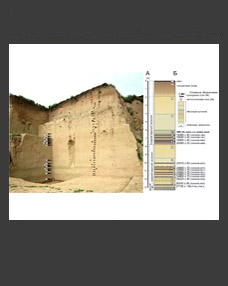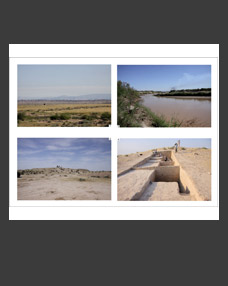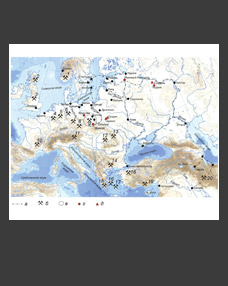Vitaly S. Sinika1,*, Lukasz Pospieszny2,**, Sylwia Lukasik3,***
1T.G. Shevchenko Pridnestrovian State University, Tiraspol, Pridnestrovie, Republic of Moldova
2University of Bristol, Bristol, United Kingdom of Great Britain and Northern Ireland
3Adam Mickiewicz University in Poznan, Republic of Poland
*E-mail: sinica80@mail.ru
**E-mail: lukasz.pospieszny@bristol.ac.uk
***E-mail: lukasik@amu.edu.pl
Keywords: radiocarbon dating, Scythian graves, the left bank of the Lower Dniester, the 3rd–2nd centuries BC.
The reconstruction of the chronology of the Scythians from the North Pontic area has so far been performed mainly based on grave inventories. There was a belief among some scythologists that C-14 dating is less useful in the case of Scythian burials than archaeological dating. This is due to the fact that the latter was considered as a more exact method. Interestingly, some research on radiocarbon dating from the left bank of the Lower Dniester has been published recently. It gives an opportunity to check how results obtained using different methods diverge from each other. The aim of the present study is to compare the results of archaeological and radiocarbon dating of some of the burials from the Scythian cemetery near the Glinoe village, Slobodzeya district, on the left bank of the Lower Dniester. As a result of the study the archaeological dating of eight burials was verified, seven of which do not contradict the radiocarbon dates. In addition, in three cases, the radiocarbon dates made it possible to clarify the date of burials, and in one case, a relatively ‘narrow’ date for the grave was obtained. Radiocarbon dating for the final grave resulted in obtaining archaeologically unacceptable dates. Additionally, it was possible to verify the arguments the researchers relied on when determining archaeological dating of the three funerary complexes including a) the assumption of a relatively short time interval between the main and the secondary burials; b) the validity of using the correlation method in determining the construction time of part of the graves; c) the assumption of “early” dates of burials of the Glinoe cemetery, which did not contain chronological indicators. Our study showed that the radiocarbon dating for Scythian burials provided similar results to the archaeological dating and can, therefore, be successfully used for chronological studies of Scythians from the North Pontic area.
DOI: 10.31857/S086960630010937-9







